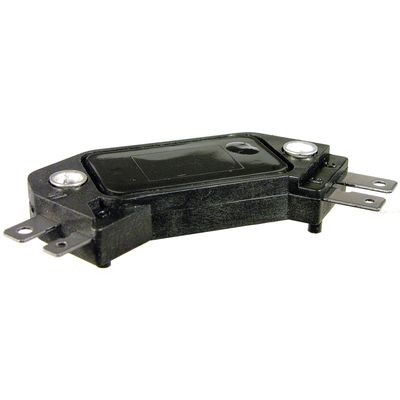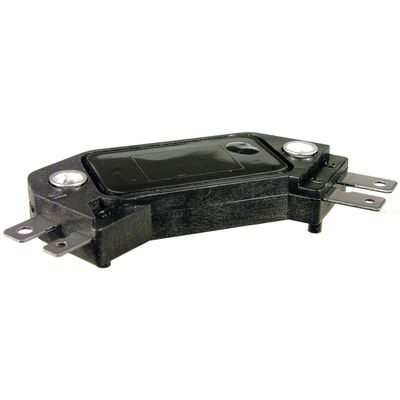Answer
Aug 15, 2024 - 07:31 AM
Diagnosing a bad Ignition Control Module (ICM) involves a combination of observing symptoms, performing basic tests, and using diagnostic tools. Here’s a step-by-step guide to help you diagnose a potentially faulty ICM:
1. Observe Symptoms:- Engine Misfires or Rough Idling: A failing ICM can cause irregular firing of the spark plugs, leading to misfires or rough idling.
- Stalling: The engine may stall intermittently, especially when it’s warm.
- No Start or Hard Starting: If the ICM fails completely, the engine might crank but not start.
- Check Engine Light (CEL): The CEL might illuminate, often related to misfire codes or ignition timing issues.
- Loss of Power: A bad ICM can cause a noticeable drop in engine power and acceleration.
- Backfiring: Improper ignition timing due to a failing ICM can cause backfiring.
- Check for Physical Damage: Inspect the ICM for signs of physical damage, such as cracks, corrosion, or burnt areas. Also, check for damaged wiring or poor connections.
- Disconnect the ICM: Ensure the engine is off and disconnect the ICM from the wiring harness.
- Set Multimeter to Ohms: Measure the resistance between the terminals on the ICM. Compare the readings to the manufacturer’s specifications found in your vehicle’s service manual. Infinite resistance (open circuit) or zero resistance (short circuit) indicates a faulty ICM.
- Reconnect the Battery: Turn the ignition to the "ON" position (do not start the engine).
- Set Multimeter to Volts: Check the power supply to the ICM by measuring the voltage at the power input terminal. It should typically read around 12 volts. If there's no voltage, the problem might lie in the wiring or the power supply rather than the ICM itself.
- Remove a Spark Plug: Remove a spark plug and reconnect it to its wire. Ground the spark plug against the engine block.
- Crank the Engine: Have someone crank the engine while you watch for a spark. If there's no spark, it could indicate a problem with the ICM, ignition coil, or wiring.
- Check the Output Signal: Use a test light or multimeter to check for a pulsing signal at the ICM’s output terminal while cranking the engine. A lack of pulsing indicates the ICM is not sending the proper signal to the ignition coil.
- Use an OBD-II Scanner: If your vehicle has a Check Engine Light on, use an OBD-II scanner to retrieve any stored trouble codes. Misfire codes (e.g., P0300 series) or codes related to ignition timing can help confirm an issue with the ICM.
- Test Under Heat: Some ICMs fail when they get hot. You can use a heat gun to warm the module slightly and then retest it. If it fails when hot but works when cool, it likely needs replacement.
- If you’re unable to diagnose the issue or if the symptoms persist after testing, it may be necessary to consult a professional mechanic. They can use advanced diagnostic tools and techniques to pinpoint the exact cause of the problem.
If after performing these tests the ICM shows signs of failure—such as incorrect resistance, lack of voltage, no spark, or improper signaling—it is likely faulty and should be replaced. Always compare test results with your vehicle’s specific service manual for accuracy.





Add New Comment